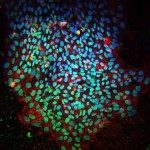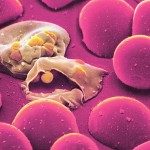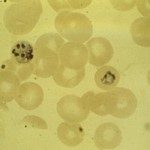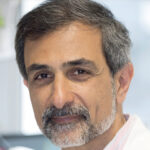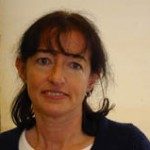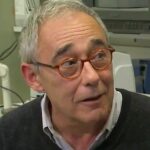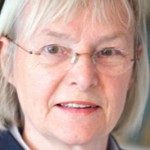Link to Pubmed [PMID] – 16380438
J Cell Biol 2006 Jan; 172(1): 91-102
The growth and repair of skeletal muscle after birth depends on satellite cells that are characterized by the expression of Pax7. We show that Pax3, the paralogue of Pax7, is also present in both quiescent and activated satellite cells in many skeletal muscles. Dominant-negative forms of both Pax3 and -7 repress MyoD, but do not interfere with the expression of the other myogenic determination factor, Myf5, which, together with Pax3/7, regulates the myogenic differentiation of these cells. In Pax7 mutants, satellite cells are progressively lost in both Pax3-expressing and -nonexpressing muscles. We show that this is caused by satellite cell death, with effects on the cell cycle. Manipulation of the dominant-negative forms of these factors in satellite cell cultures demonstrates that Pax3 cannot replace the antiapoptotic function of Pax7. These findings underline the importance of cell survival in controlling the stem cell populations of adult tissues and demonstrate a role for upstream factors in this context.
